Introduction
Zongzi, a traditional Chinese food wrapped in bamboo leaves and filled with sticky rice and various ingredients, holds a special place in the hearts of many during the Dragon Boat Festival. This festive delicacy is not only a culinary treat but also a symbol of unity, loyalty, and remembrance. While the basic concept of zongzi remains consistent, achieving the perfect balance of flavors and textures can be quite challenging. In this comprehensive guide, we will delve into the intricacies of how to cook zongzi that are not only delicious but also possess that elusive bouncy texture that makes every bite a delight. From selecting the right ingredients to mastering the cooking process, every step is crucial in creating zongzi that stand out from the rest.
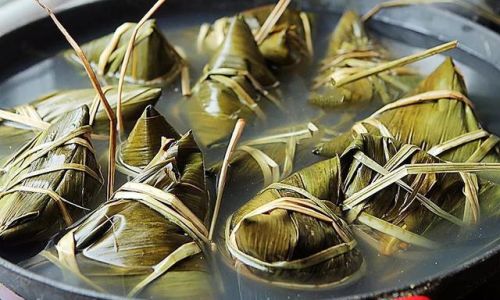
Chapter 1: Selecting the Ingredients
1 The Rice: The Foundation of Bounce
The key to achieving a bouncy texture in zongzi lies largely in the type and preparation of the rice. Glutinous rice, also known as sticky rice, is the traditional choice due to its ability to stick together when cooked, forming a cohesive and slightly chewy interior. However, not all glutinous rice is created equal.
- Variety Selection: Opt for medium or short-grain glutinous rice, as these varieties tend to have a higher starch content that promotes a sticky and bouncy texture when cooked.
- Soaking: Soaking the rice overnight or for at least 4-6 hours is essential. This process allows the rice grains to absorb water, soften, and expand, ensuring even cooking and a tender texture.
- Rinsing: Thoroughly rinse the soaked rice under cold running water to remove any starch residue that could make the final dish too gluey.
2 The Fillings: Flavor and Variety
The fillings are where creativity and personal preference shine.从传统到现代,从甜到咸,粽子里的馅料选择几乎无穷无尽。 Here are some popular options:
- Sweet Fillings: Red bean paste, lotus seed paste, and dates provide natural sweetness and a rich, moist texture.
- Savory Fillings: Pork belly, salted duck egg yolks, mushrooms, and bamboo shoots offer a savory depth that complements the sticky rice.
- Vegetarian Options: Tofu, mushrooms, and sweet potatoes can create delightful vegetarian versions.
When choosing fillings, ensure they are properly prepared. For instance, pork belly should be marinated with soy sauce, rice wine, and spices for at least a few hours to infuse flavor. Salted duck egg yolks should be hard-boiled and slightly roasted to enhance their aroma.
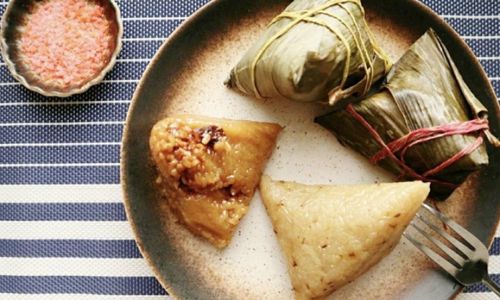
3 The Bamboo Leaves: Wrapping Perfection
Bamboo leaves are not just packaging; they add a subtle fragrance to the zongzi. Selecting and preparing them correctly is vital.
- Freshness: Use fresh or dried bamboo leaves that have been soaked in hot water to soften and remove any bitterness. Fresh leaves tend to have a stronger aroma, while dried leaves are more durable and easier to handle.
- Cleaning: Thoroughly clean the leaves to remove any dirt or debris. Softening them in boiling water also makes them more flexible, facilitating easier wrapping.
Chapter 2: The Wrapping Technique
Wrapping zongzi is an art form that requires practice and patience. A well-wrapped zongzi ensures that the rice and fillings cook evenly and hold their shape.
1 Preparation
- Folding the Leaf: Place a softened bamboo leaf on a flat surface with the shiny side up. Fold it in half lengthwise to create a crease, then open it up. This crease will serve as a guide for shaping the zongzi.
- Adding Rice: Spoon a layer of soaked glutinous rice onto the center of the leaf, spreading it out evenly but not too thick.
2 Adding Fillings
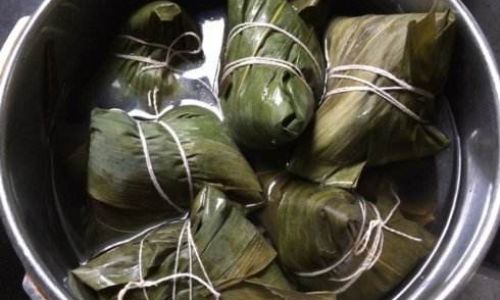
- Placement: Place the chosen filling in the center of the rice layer. For savory zongzi, you might add a piece of pork belly, a salted duck egg yolk, and some mushrooms. For sweet versions, spoon in a generous amount of red bean paste or lotus seed paste.
- Another Layer of Rice: Cover the filling with another layer of rice, ensuring the fillings are fully enclosed.
3 Sealing and Shaping
- Folding: Fold the sides of the bamboo leaf over the rice, then fold the bottom up and over the top, creating a triangular or pyramid shape. Secure the zongzi by tying it with a strip of bamboo leaf or cotton string.
- Tightness: Ensure the zongzi is tightly wrapped to prevent the rice and fillings from falling out during cooking. However, avoid overtightening, which could cause the leaves to tear.
Chapter 3: Cooking Methods
The cooking process is crucial in developing the bouncy texture and flavor of the zongzi. There are two primary methods: boiling and steaming.
1 Boiling
- Pot Preparation: Fill a large pot with enough water to fully submerge the zongzi. Bring the water to a rolling boil.
- Adding Zongzi: Carefully place the wrapped zongzi into the boiling water. Ensure they are not overcrowded, as this can prevent them from cooking evenly.
- Cooking Time: Boil the zongzi over medium-high heat for about 2-3 hours, depending on their size. Smaller zongzi will cook faster than larger ones.
- Checking Doneness: After the initial cooking time, test a zongzi by gently pressing it with a chopstick or fork. It should feel firm and cooked through. If necessary, cook for an additional 30 minutes to an hour.
2 Steaming
- Steamer Preparation: Set up a steamer with enough water to last the entire cooking process. Bring the water to a simmer.
- Placing Zongzi: Arrange the zongzi in the steamer basket, ensuring they are not touching each other. This allows steam to circulate freely, ensuring even cooking.
- Cooking Time: Steam the zongzi over medium heat for about 3-4 hours, depending on their size. Like boiling, smaller zongzi will require less time.
- Checking Doneness: Use the same method as for boiling to check for doneness.
Chapter 4: Post-Cooking Care
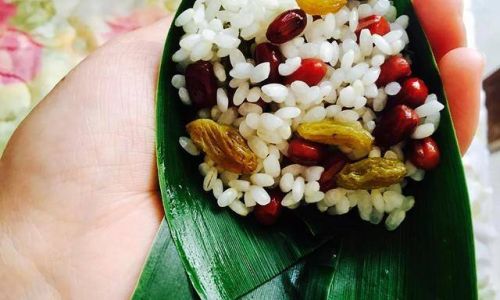
Once the zongzi are cooked, proper handling is essential to maintain their texture and flavor.
1 Cooling
- Removing from Heat: Carefully remove the zongzi from the pot or steamer and let them cool slightly. This prevents them from falling apart when handled.
- Draining: If boiled, drain any excess water. This step is crucial as excess moisture can make the zongzi soggy.
2 Serving and Storage
- Serving: Serve the zongzi warm or at room temperature. They can be reheated in the microwave or steamed for a few minutes if preferred hot.
- Storage: To store, let the zongzi cool completely, then wrap them individually in plastic wrap or store in an airtight container. They can be refrigerated for up to a week or frozen for longer storage.
Conclusion
Cooking delicious and bouncy zongzi is a labor of love that combines precision, patience, and a touch of creativity. By carefully selecting your ingredients, mastering the wrapping technique, and choosing the right cooking method, you can create zongzi that are not only a feast for the senses but also a testament to your culinary skills. Whether you stick to traditional recipes or experiment with new fillings and flavors, the joy of sharing homemade zongzi with family and friends during the Dragon Boat Festival is an experience that transcends mere taste. So, gather your ingredients, roll up your sleeves, and embark on a culinary journey that will result in zongzi that are truly memorable. Happy cooking!
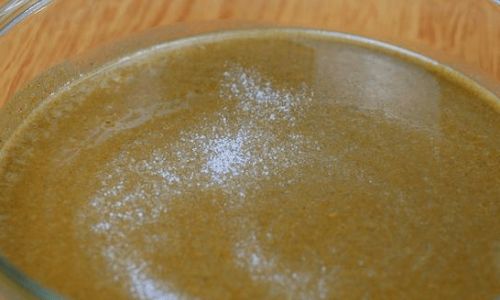
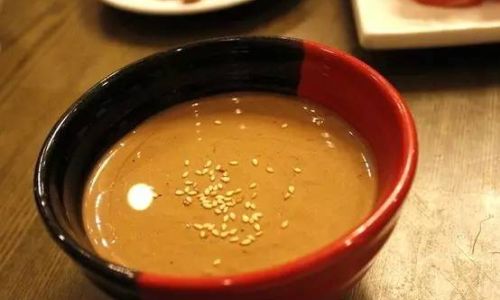


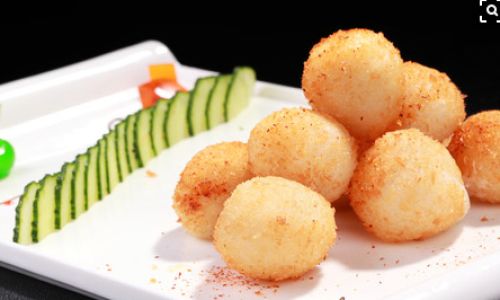

0 comments